How Long Does it Take For Treasure to Become Vintage? The Fionavar Tapestry by Guy Gavriel Kay
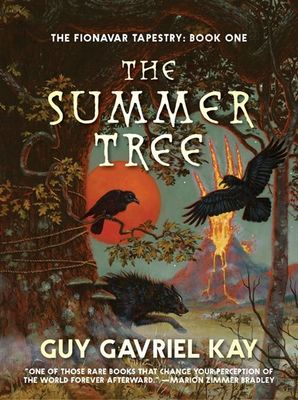 |
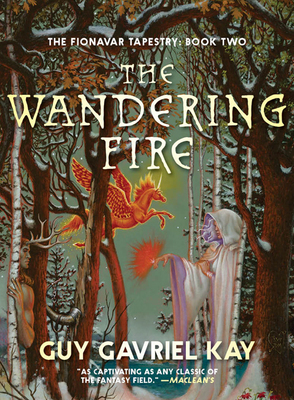 |
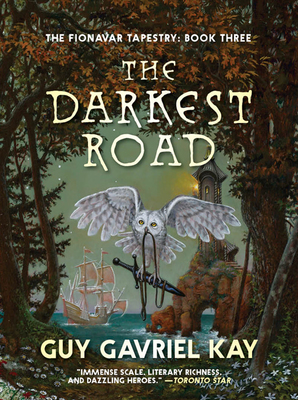 |
There aren’t a lot of fantasy books that remind me of Christmas, but Guy Gavriel Kay’s Fionavar Tapestry, the trilogy that launched his fiction-writing career, is definitely one example.
I think it’s because the opening novel, The Summer Tree, was published by McClelland & Stewart in late October 1984, and by Christmas it seemed everyone I knew was talking about it. In 1984 I turned 20 years old, and started my last year of undergrad studies at the University of Ottawa. The bookstore I hung out in every Saturday was The House of Speculative Fiction, run by Pat Caven and Rodger Turner, and by December Pat — with whom I had long chats about books every week — was enthusiastically sharing the buzz about the book. “I’m told it starts slow,” she said, “but once they cross over into the fantasy world, it really picks up.”
There was a lot of attention paid to Guy Gavriel Kay’s first fantasy novel in Ottawa. He was something of a local celebrity. He was Christopher Tolkien’s co-editor on The Silmarillion, which was published to worldwide acclaim when Kay was just 23 years old. Although he lived in Toronto, where he returned to law school in 1975, and certainly didn’t hang out in any circles we knew (“He writes in a salon,” Pat told me, shaking her head), he was still Canadian. And in those days, a Canadian fantasy writer was a genuine novelty… especially a very good one, which it quickly became obvious Kay was.
[Click the images for bigger versions.]
The second novel in the series, The Wandering Fire, arrived in June 1986, followed by The Darkest Road in December that same year. By Christmas of 1986, the trilogy had become one of the most popular fantasy series of the decade in Canada. The Canadian and British editions had covers by Martin Springett (below), and I saw a lot of them that year.
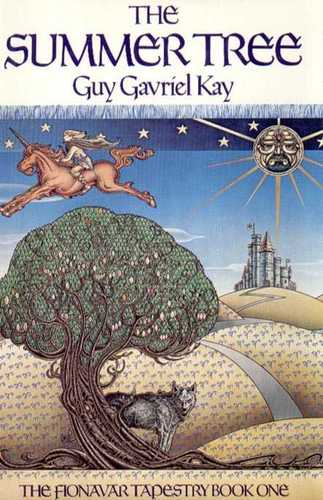 |
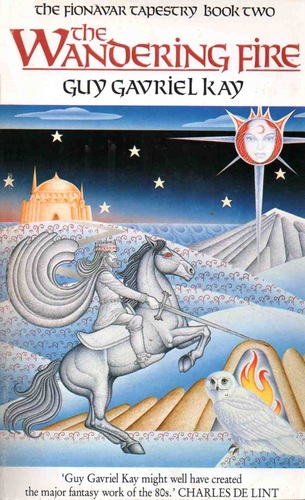 |
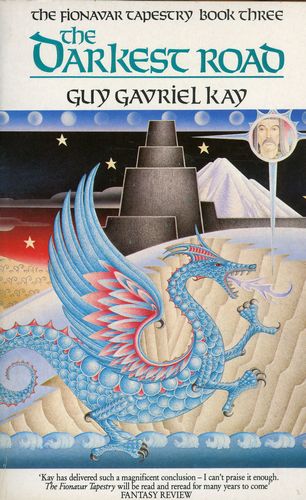 |
I didn’t read The Fionavar Tapestry, or any other Kay novels in the 80s. In those days I was still discovering the classics of the genre, and most of my precious reading time was dedicated to vintage paperbacks from writers like Samuel R. Delany, Alfred Bester, Poul Anderson, and H. Beam Piper. Sure, Pat still sold me a lot of new stuff, but a book had to be at least two decades old to really attract my interest.
Besides, to be honest Springett’s covers just didn’t grab me. They spoke to me of static fairy tales, pretty but with little depth. I dutifully bought copies from Pat, but they sat on my shelves, collecting dust.
As the years went by Guy Gavriel Kay’s fame grew, and he won renown for Tigana (1990), The Lions of Al-Rassan (1995), the World Fantasy Award-winner Ysabel (2007), and many others. The Fionavar Tapestry returned to print many times over the years — including a 2012 Canadian paperback edition from Harper Collins with a striking series of covers by Janny Wurts and Don Maitz, pictured above. Laid end to end, the individual books form a single gorgeous tapestry:
This art was anything but static, and it piqued an immediate interest in a fantasy trilogy I’d ignored for three decades. I remembered Pat’s praise for the books in the 80s, and when I saw the new editions for the first time last month, I knew I wanted them.
Sure, I still tend to favor vintage books in my reading habits, but let’s face it… if you’re behind in your reading long enough, eventually even current books become vintage.
As long as I was on the hunt for The Fionavar Tapestry though, I figured I should look at all my options. The US trade paperback editions from Penguin showcase the Wurts-Maitz cover art, are still in print, and are the easiest to get.
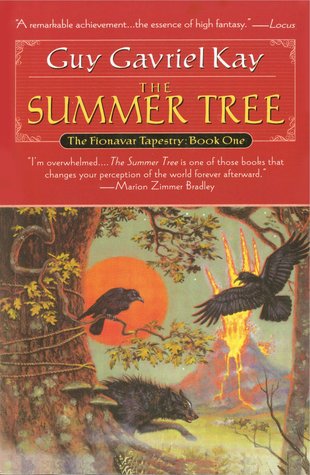 |
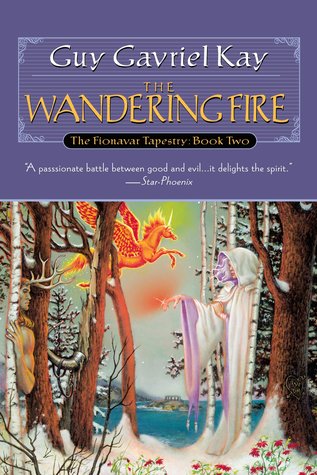 |
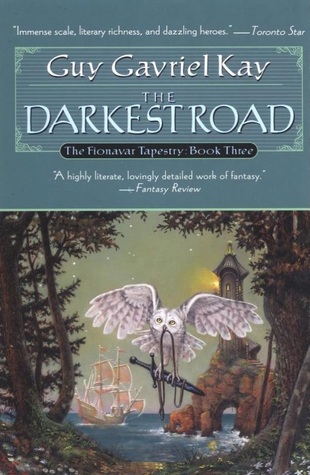 |
Here’s the back covers for the Penguin editions — with an impressive sampling of the praise the books received when they first appeared (click for more legible versions).
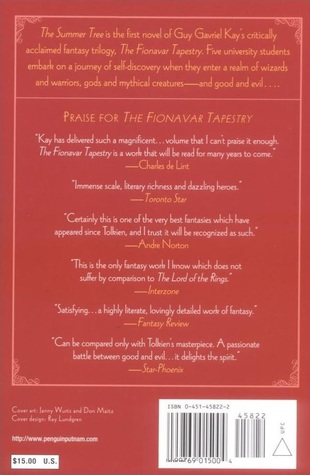 |
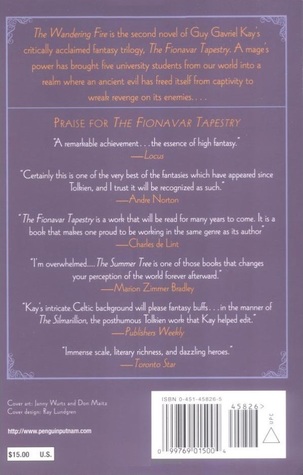 |
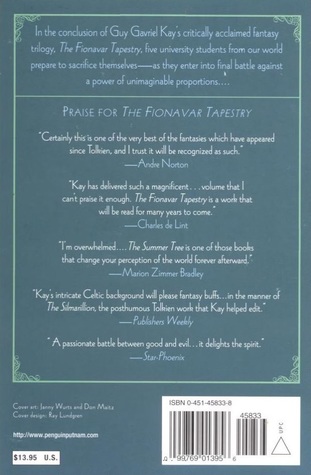 |
However, given the choice, I found preferred the Harper Collins Canadian editions, which I find a little more pleasing to the eye.
Ten years after they were originally published, Roc also released the trilogy with a series of matching covers by Mel Odom which I quite like.
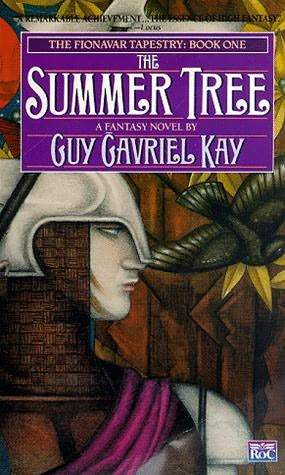 |
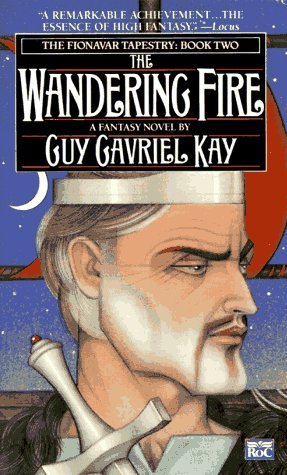 |
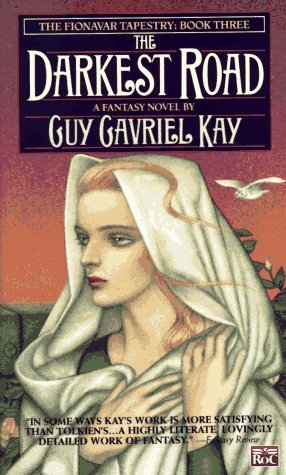 |
These, however, are long out of print, and difficult to find in good condition.
While we’re browsing art, I would be remiss to overlook John Howe’s beautiful covers for the Grafton editions in the UK (also a tough find here in the States).
Ultimately, I settled on the Canadian editions of Kay’s novels… which I found fitting, given our joint Canadian heritage. The Harper editions are challenging to find in the US, but I was very pleased to discover brand new copies from online bookseller Book Outlet, which specializes in remaindered books. I bought all three for just $4.49 each — and if you hurry, you’ll find they still have stock of The Wandering Fire and The Darkest Road.
Book Outlet also has a huge Boxing Day sale tomorrow — allowing you to save up to 45% on already drastically-reduced pricing for new books. How can you go wrong with that? Consider that my gift to you, my fellow fantasy book collectors.
Our previous coverage of Guy Gavriel Kay includes:
New Treasures: Children of Earth and Sky
The Fionavar Tapestry Book 1: The Summer Tree by Fletcher Vredenburgh
The Fionavar Tapestry Book 2: The Wandering Fire by Fletcher Vredenburgh
A review of Under Heaven by Guy Gavriel Kay by Todd Ruthman
Merry Christmas, everyone.
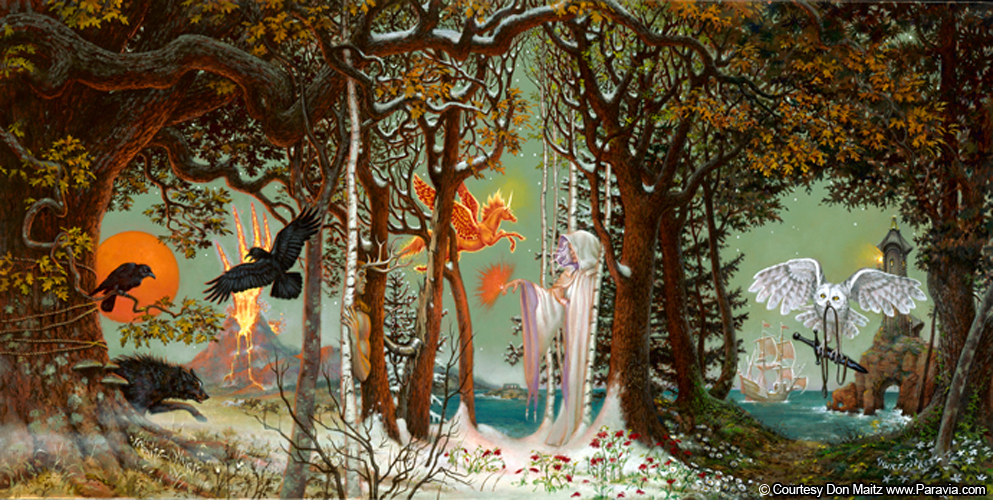
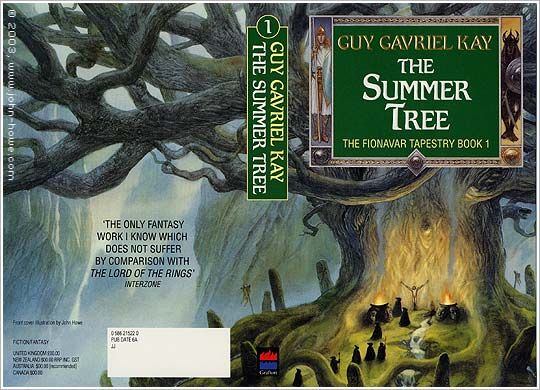
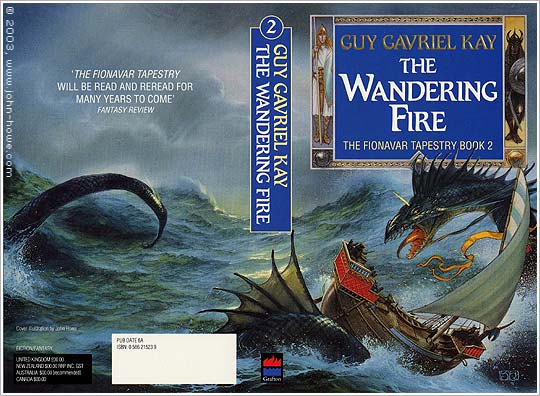
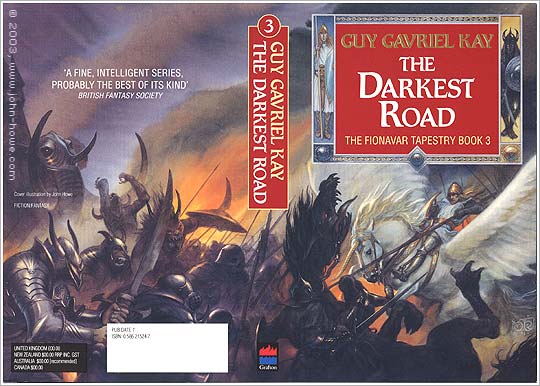
This is one fantasy author I had been really tempted by. Do you think it has the quality of Leiber, Vance, etc? Judging by your article, have you not read them yet?
Depends on what you mean by “quality” when you say quality of Leiber, Vance, etc. Kay’s writing style is very, very different — more formal or elevated, perhaps? — but equally good.
I don’t know if I’d start with Fionavar — they’re his first books, and very consciously an epic fantasy following on Tolkien. Maybe Tigana would be a better place to start? Or Lions of Al-Rassan?
I haven’t read enough to comment meaningfully yet. But plenty other folks have! Check out some of the many rave reviews at Goodreads and Amazon.
> Maybe Tigana would be a better place to start? Or Lions of Al-Rassan?
Tigana is Kay’s standalone book which intrigues me most. And what a fabulous premise!
Tigana is my favorite of all the Kay books I’ve read. But if you want to read the Fionavar novels at all, read them first. The first-novel problems that are totally understandable in an author’s debut tend to feel like no big deal to people who read Fionavar first. I’m not alone in having found that early trilogy nearly unreadable because it was such a letdown after the tour-de-force that is Tigana.
When I read it, I’d just come off a year of research for my own failed first attempt at a novel. The setting I’d been building drew on a lot of the same historical sources Kay used. He used them so much better than I had imagined possible, he really helped me do what I needed to at the time, which was to abandon that project and move forward with my writing. It had done its job.
One caveat about Tigana, though. He introduces a gay character through the point of view of another character who regards gay men with contempt — and that bias is not uncommon in the culture the characters move in. It does become clear as the book goes on that Kay does not share that bias, and that the gay character’s suffering is a tragedy that other characters struggle to make right, as far as they can. But if you don’t know that going in, it can seem like the book has an ugly homophobia problem. For queer readers, it can be an inhospitable read. I’d be curious to hear Kay’s thoughts about ways in which he might have handled that strand of plot, character, and worldbuilding differently if he’d written it at a later moment in our world’s history.
A Song for Arbonne was reasonably good, but still not overall as good as Tigana, so I kind of fell off Kay’s career. Always meant to get back to him, though. Any suggestions about where to pick him back up.
Sarah,
My friend Neil Walsh raved about Tigana when it was first released, and I was very tempted to read it. But it felt like I had to catch up by reading the Fionavar novels first.
I guess that’s silly. Although I felt the exact same way about Gemmell’s Legend. It was the book EVERYONE around me was reading while I was finishing my Master’s thesis and preparing to move to the US to enter grad school in Illinois… so I never had the chance to read it. Soon enough they were all talking about other Gemmell books, but I felt I had to read Legend first.
I’m a very social reader — I like to talk about books as much as read them. Take that opportunity away, and I tend to move on to the next book that every is talking about.
But back to Tigana… yes, it’s the Kay book I would certainly grab if I were headed for a desert island, and could only bring one. But since I’m not headed to a desert island any time soon, it will have to wait until I finish these books first. 🙂
I’m a hardened cynic, but I absolutely love the Fionavar books and have loved them since I first came across them near the end of my high school years in the late 80s. The writing is a little formal, but the breadth of world creation (even if he leans heavily on a lot of familiar tropes) is amazing. I frequently find myself in tears reading certain passages in the trilogy, which is a habit that’s spread across all his books. He’s a deeply affecting writer, and creates characters with depth who resonate with me. The trilogy won’t be to all tastes, but of all the fantasy writers I love from the 80s – Donaldson, Gemmell, Eddings, GGK is the one who I have the greatest fondness for – and he’s still writing wonderful books.